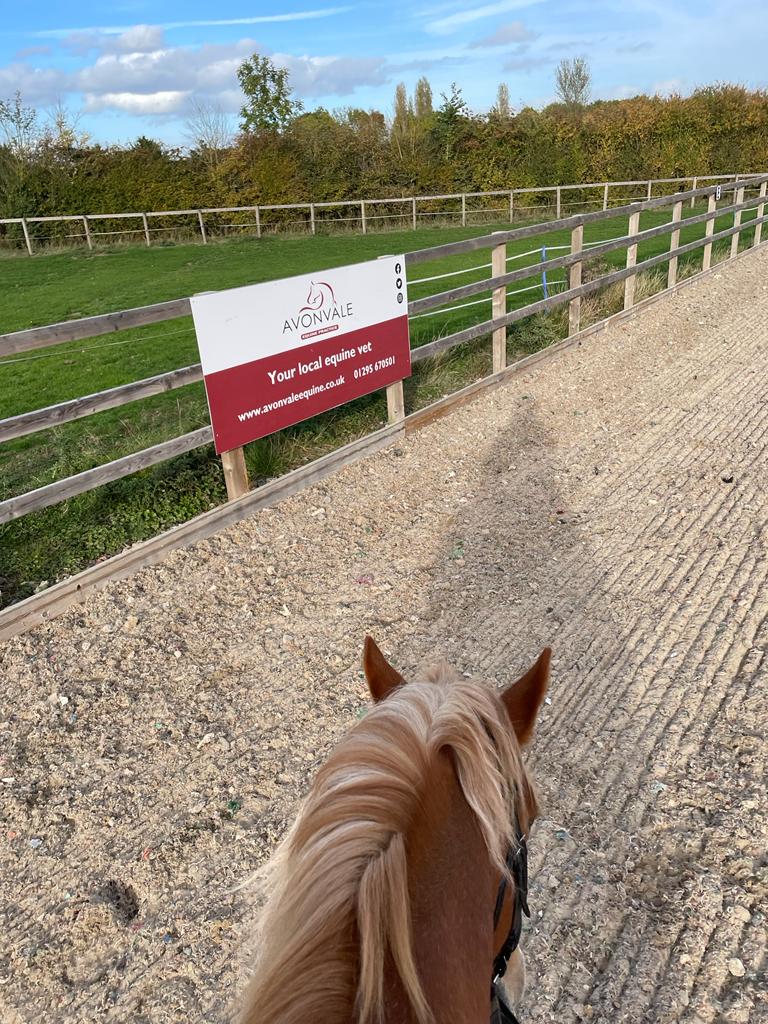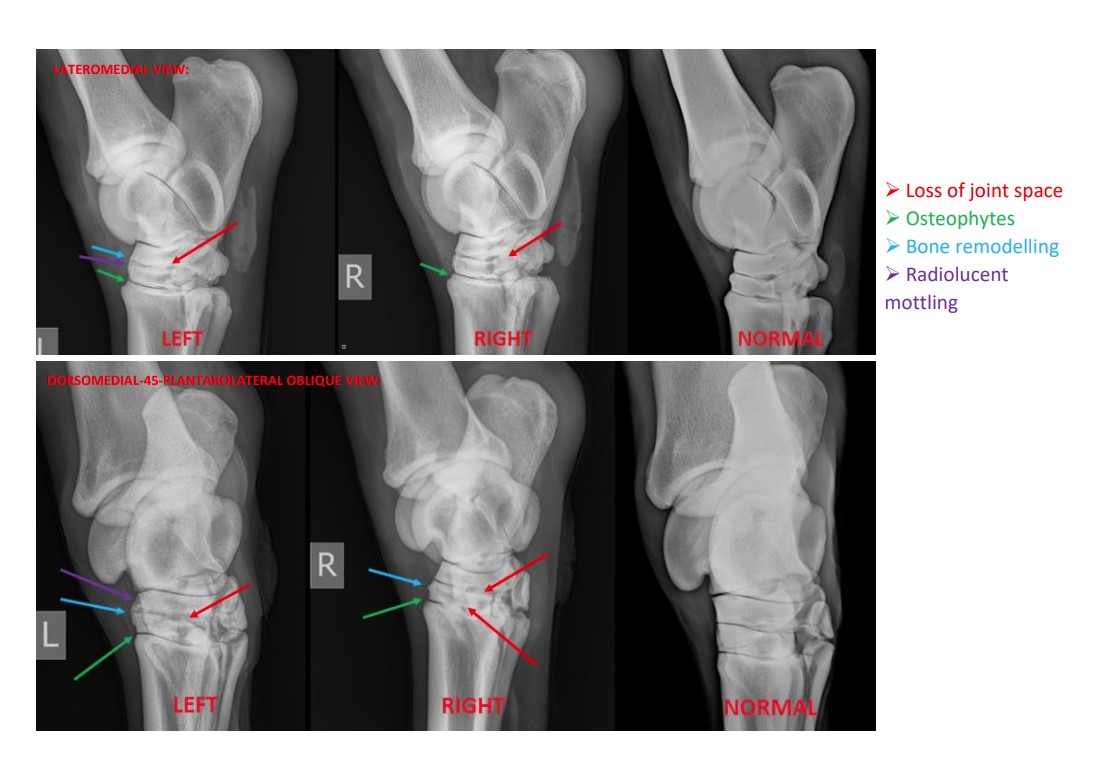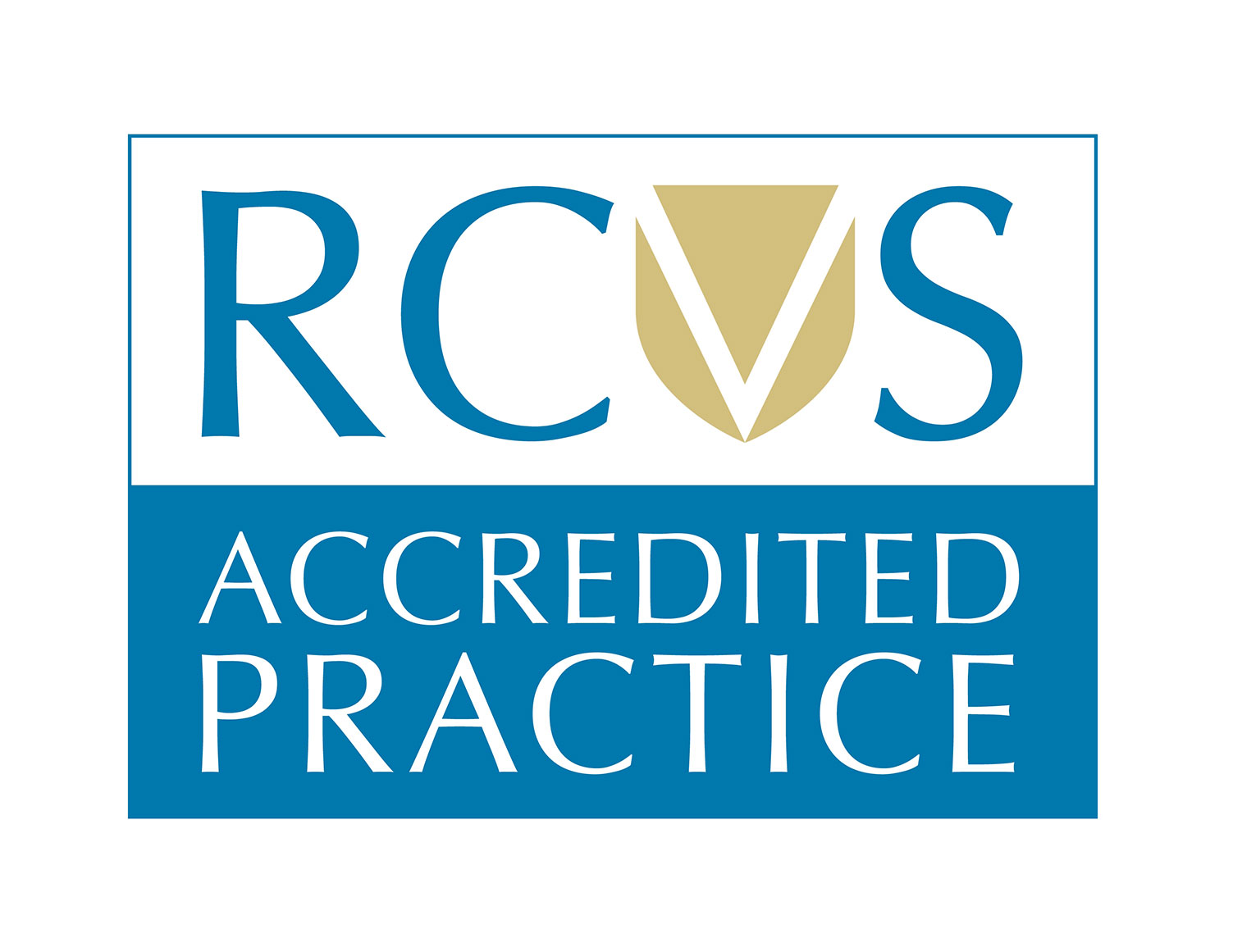Lameness in horses can often be mild, with subtle symptoms. This case study outlines how our equine vets helped identify, diagnose and treat a case of mild hindlimb lameness in our client’s horse Ben, a 10 year old Irish Draught cross.
Mild Symptoms and a Lameness Investigation
When Emily saw Ben for his routine vaccination, his owner mentioned that he had been having some back pain lately, and also that he had started to be reluctant to strike off into the left canter.
On examination, it became clear that Ben was mildly lame behind, more so on the right than the left. He was carrying his tail to the right, and was mildly positive to both hindlimb flexions. Ben found it more difficult to lift his left leg and stand on his right, and his owner reported that the farrier finds this leg more difficult to lift as well. He was also sore through his back and sacroiliac joints. In the school, Ben was reluctant to go forwards, dragging his hind toes, and not tracking up. His canter had a 4-beat, rather than a 3-beat rhythm, and he struggled to strike off into the left canter.
Emily blocked both of his tarsometatarsal (lower hock joints) joints with local anaesthetic. Immediately, Ben showed an improvement in his forwardness and tracking up. He was also able to strike off into the left canter, and maintained a 3-beat rhythm. This showed that the pain in his back and sacroiliac region was secondary, as Ben was compensating for the pain in his hocks.
X-rays of Ben's hocks showed osteoarthritis of his distal intertarsal and tarsometatarsal joints (see picture).
Treatment for Ben’s Osteoarthritis
The painful joints were medicated directly with a steroid anti-inflammatory, and he began a rehabilitation programme.
Physiotherapist Hannah began working with Ben by using various massage techniques, acupressure and gentle joint mobilisations in order to make Ben more comfortable, and to free areas of restriction that had occurred due to postural and movement compensation.
Collaboration is Key to Ben’s Rehabilitation
As part of the rehabilitation process, owners are sometimes given homework to do between treatments. In Ben’s case, his owner Louisa was asked to carry out basic hind limb range of motion exercises before moving on to gentle stretching exercises.
Once Hannah and Emily were happy, ridden techniques, such as pole work, gentle hill work and re-introduction of canter began in order to build strength and condition.
Ben has made super progress since starting his treatment, and is a prime example of a positive outcome when equine healthcare professionals and owners work together.
Hannah said: “It's so good when owners embrace the rehabilitation process and Louisa has worked so hard with Ben over the course of his treatment”.

Lameness Investigation and Treatment at Avonvale Equine Vet Practice
Ben’s case is an example of the positive outcomes that can be achieved when owners notice when their horses are “not quite right” and work with their vet and other professionals to resolve the issue. If something doesn’t feel right, talking to your vet is the first step. Symptoms such as not wanting to go forward or difficulty / resistance to lifting a limb can indicate pain or discomfort, even if they seem mild. Lameness can be complex and pain - particularly in the back and / or sacroiliac region - is often (but not always) secondary to pain further down the limb.
At Avonvale Equine Vet Practice, we are keen to work with owners, physiotherapists and farriers to identify and address lameness issues in horses. If you are concerned about lameness, contact our team on 01295 670 501 or register your horse with us today.









